VR in VET Education: A Literature Review, for Greece, Spain and Croatia
Gialamas Ch. Ioannis Adult Trainer, Aegean College igialamas@sch.gr
Tsameti K. Angeliki PhD Canditate, Economics, University of Thessaly atsameti@uth.gr
Angelopoulos Tilemachos Business Consultant info@prosvation.gr
Gale Ana Director of Adult Education, Uciliste Studium ana.gale@uciliste-studium.hr
Karavas Zisis VET Trainer, 6th EPAL of Larissa zisiskaravas@gmail.com
October 2023
The Evolution of VR Technology in Classrooms
The use of virtual reality in classrooms has grown due to its numerous benefits compared to traditional education methods.
These benefits include enhanced learning experiences, expanded educational opportunities, and the potential to transform social dynamics within learning environments through various modes of interaction.
In particular, the use of virtual reality technology in vocational education and training has gained attention from scholars and practitioners, teachers etc.
Vocational education and training programs aim to equip individuals with the practical skills and knowledge necessary for specific industries or occupations.
Impact of VR Technology on VET Education
Virtual Reality technology has shown great potential in enhancing vocational education and training programs.
Studies have shown that the use of VR technology in VET education can improve learners' understanding and retention of complex concepts, enhance practical skills development, and increase overall engagement and motivation.
One study focused on the application of virtual reality in environmental education.
Their research found that virtual reality provided students with valuable experiences that were not available in real life, making it a highly effective tool for environmental education.
We undertake a comparative analysis among three countries, Greece, Croatia and Spain based on specific cases and insights.
VR Technology in VET Education: A Greek Perspective
In Greece, there is a growing interest in integrating VR technology into VET. Several initiatives have been implemented to explore the potential of VR in vocational education.
For example, the National Centre for Vocational Orientation and Career Guidance has collaborated with educational institutions and industry partners to develop VR modules for vocational training programs.
These modules provide students with hands-on, immersive experiences in various vocational fields, such as automotive engineering and tourism.
Furthermore, the Ministry of Education and Religious Affairs in Greece has recognized the importance of incorporating modern technologies, including virtual reality, into vocational education.
VR Technology in VET Education: A Greek Perspective
They have provided funding and support for the integration of VR technology in vocational schools, allowing students to gain practical experience and skills in a virtual environment.
Additionally, the Institute of Vocational Training in Greece has conducted research to assess the effectiveness of VR technology in vocational education.
Their studies have shown that VR technology has a positive impact on learning outcomes, skill development, and student motivation in vocational training programs
Comparison of VR in Education: Greece, Croatia, and Spain
In Croatia, virtual reality technology has also gained attention in the field of vocational education and training.
Several case studies have been conducted to explore the use of VR technology in VET education in Croatia.
These case studies have shown promising results, indicating the potential of virtual reality in enhancing VET education.
For example, the University of Zagreb conducted a study where VR technology was used to simulate real-life work scenarios for students in the field of electrical engineering .
The study found that students who participated in the VR simulations had a deeper understanding of complex concepts and were better able to apply their knowledge in practical situations.
Moreover, the Croatian Chamber of Economy has also recognized the importance of integrating VR technology into vocational education.
They have initiated projects and partnerships to develop VR training programs for various vocational sectors, including manufacturing, construction, and hospitality. These initiatives aim to provide students with a realistic and immersive learning experience, enabling them to acquire practical skills and knowledge that can be directly applied in their future careers.
In Spain, the use of VR in VET has also been explored.
Several studies have been conducted to evaluate the effectiveness of VR technology in vocational education in Spain.
These studies have demonstrated that the use of VR technology in vocational education can lead to improved learning outcomes, increased engagement, and enhanced practical skill development.
While the use of VR technology in vocational education and training has been explored in Greece, Croatia, and Spain, there is still a need for further research and evaluation to fully understand the impact and potential of VR technology in VET education.
When comparing the use of VR technology in vocational education between Croatia and Spain, several similarities and differences can be observed. Both countries have recognized the potential of VR technology in enhancing vocational education and have actively integrated it into their educational systems. In terms of similarities, both countries have conducted research and case studies to explore the effectiveness of VR technology in vocational education.
Additionally, both countries have seen positive outcomes in terms of improved learning outcomes and student engagement .
However, there are also differences in the implementation and extent of VR technology in vocational education. In Croatia, VR technology has been primarily used in specific vocational fields, such as electrical engineering, where it is utilized to simulate real-life work scenarios .
On the other hand, in Spain, VR technology has been integrated into a wider range of vocational training programs across different industries. For example, in Spain, VR technology has been used in healthcare training, construction and engineering programs, and even culinary arts. The use of VR technology in vocational education in Greece is relatively limited compared to Croatia and Spain. Although there is recognition of the potential benefits of VR technology in vocational education in Greece, its implementation and integration into the educational system are not as prevalent.
VR technology has gained significant attention in recent years for its potential to revolutionize education, including vocational education and training.
Several countries (including Greece, Croatia, and Spain), have recognized the potential of VR technology in vocational education.
European Union's Approach to VR in Education
The European Union has also recognized the potential of virtual reality technology in education and has taken steps to promote its integration. The European Commission has highlighted the importance of digital skills and technologies in education, including virtual reality.
In the EU's Digital Education Action Plan 2021-2027, one of the objectives is to promote the use of emerging technologies, including virtual reality, in education.
The plan emphasizes the need to provide teachers and students with access to innovative tools and resources, including VR technology, that can enhance learning experiences and foster digital competence. Furthermore, the European Union has initiated various funding programs and projects to support the integration of VR technology in education.
For example, an Horizon 2020 program has funded projects that explore the use of VR technology in education, such as the Immersive Learning Technologies project.
European Union's Approach to VR in Education
There are many EU funded projects, trying to enhance the digital skills of VET Trainers in EU countries, and Erasmus+ Program is one of these tools.
According to Erasmus+ official website, the KA210 project called "VR Training Toolkit for VET Centers", with 6 partners from Greece, Spain and Croatia, organizations and VET Centers, is trying to bridge the skills gap between these 3 countries, and to make them exchange of good practices
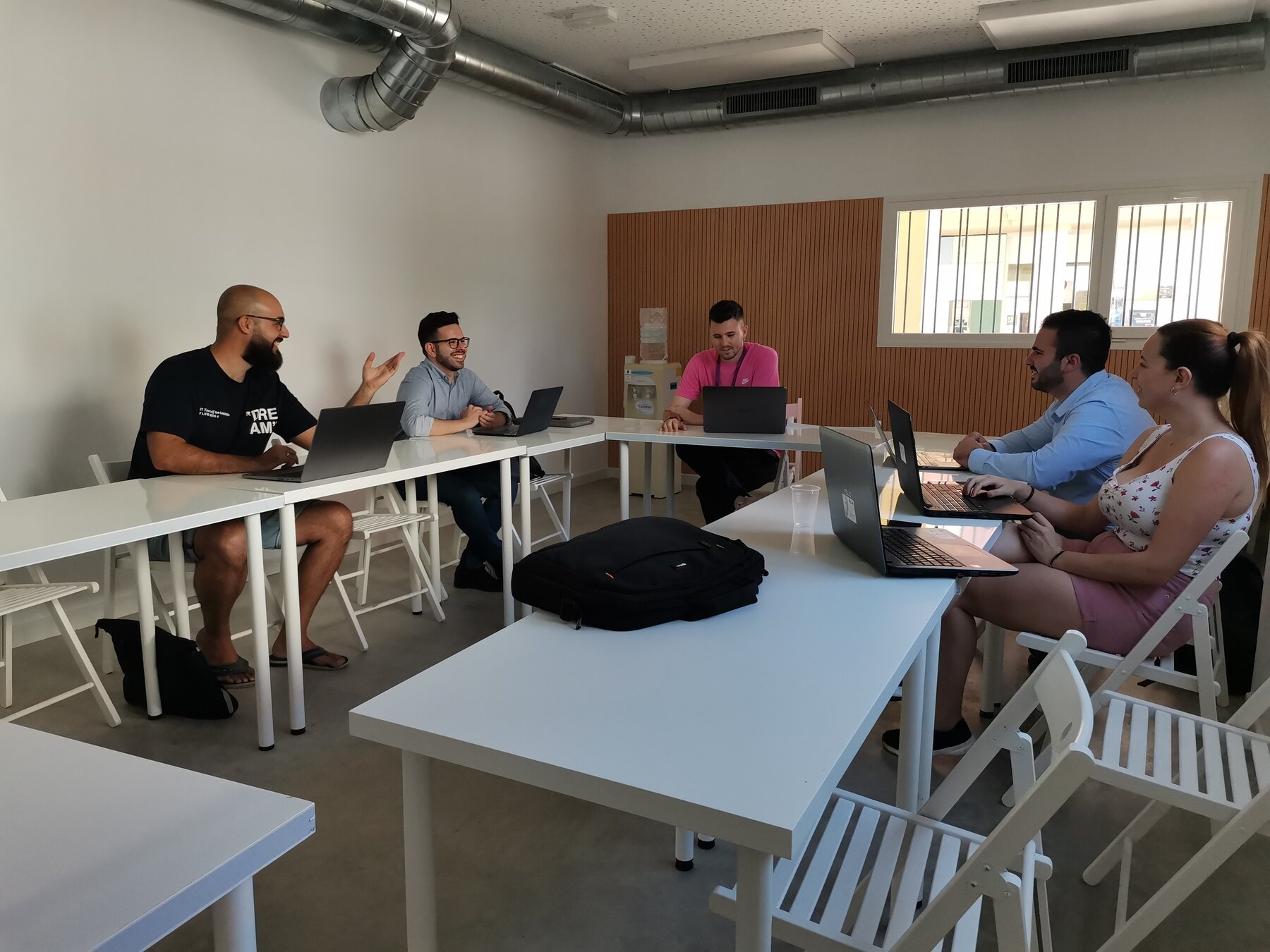
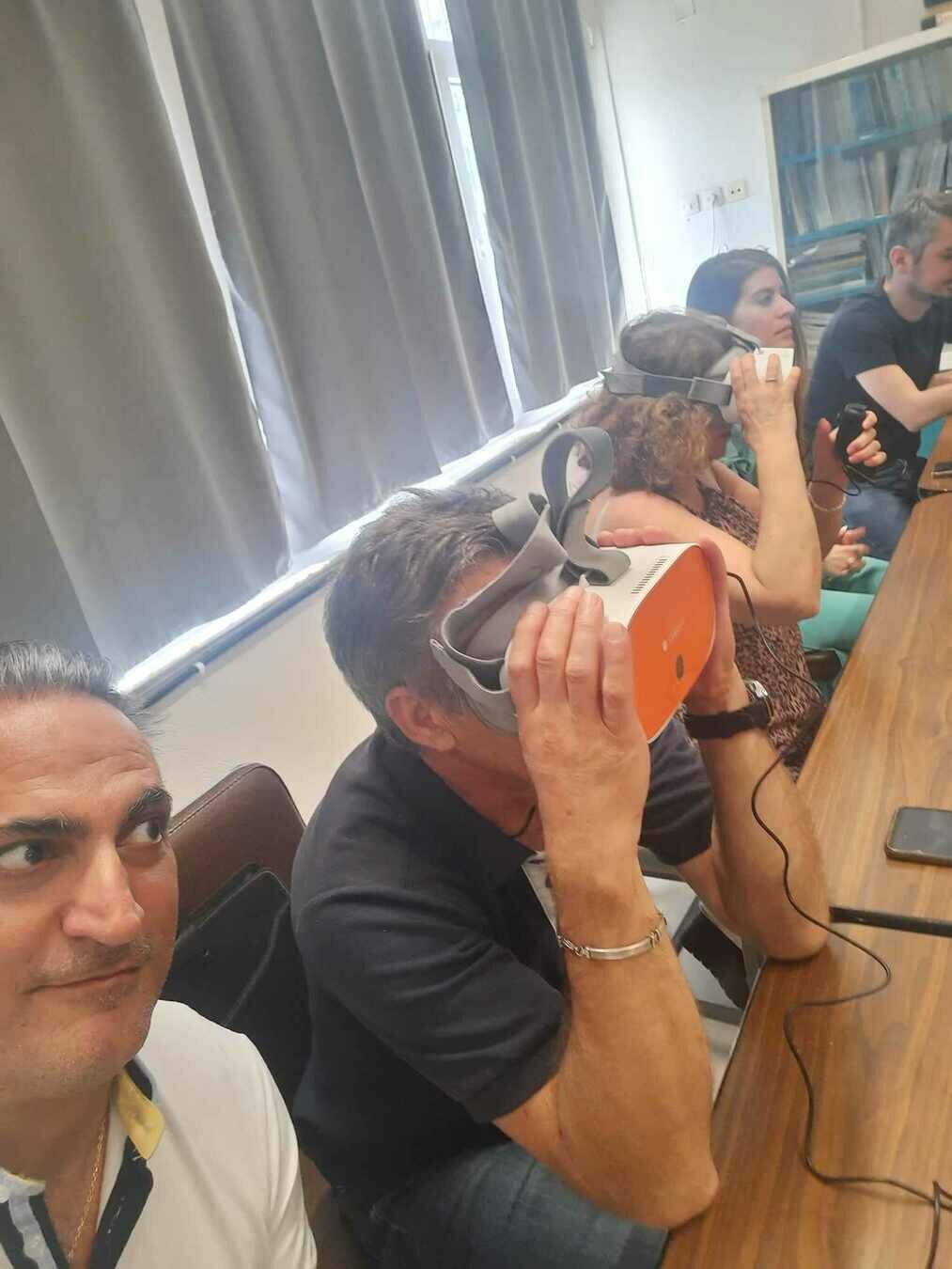
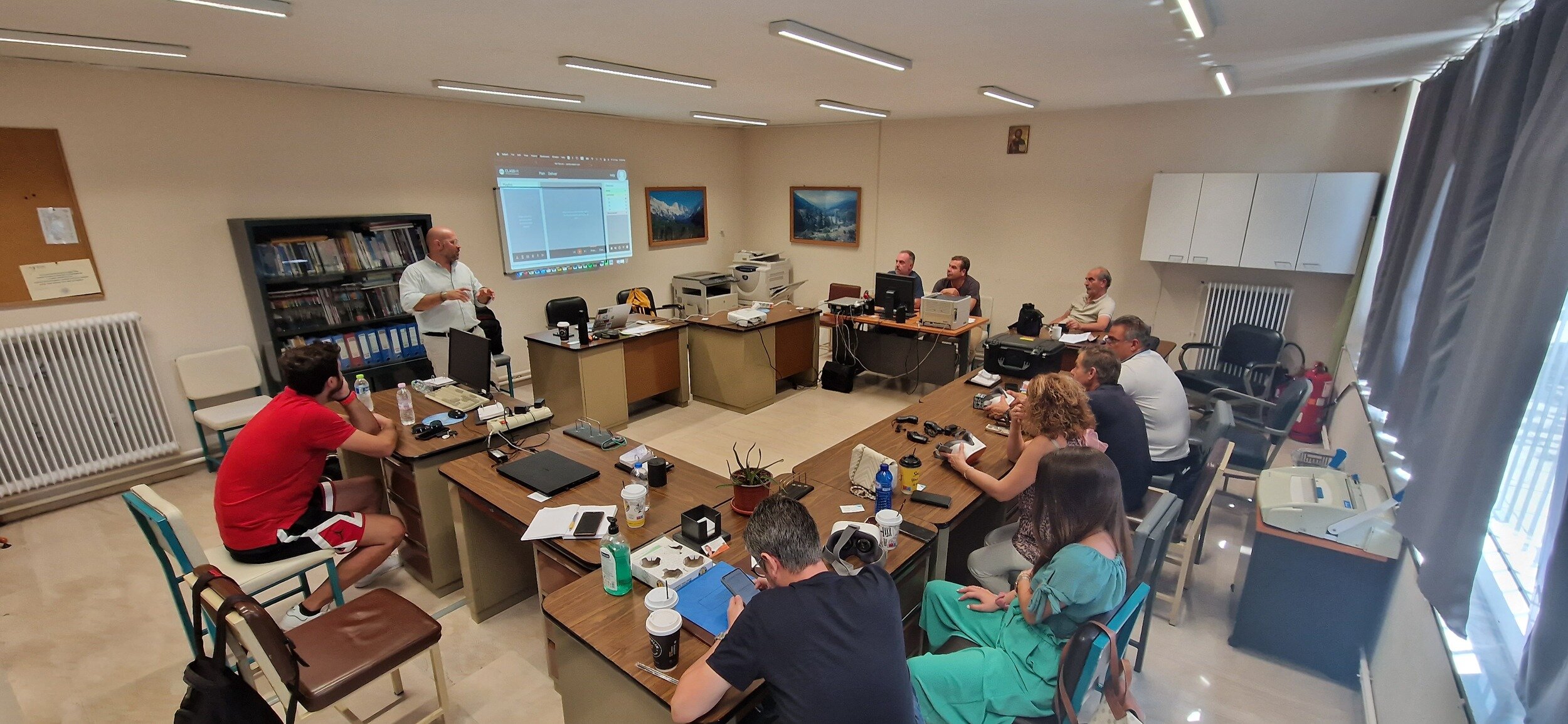
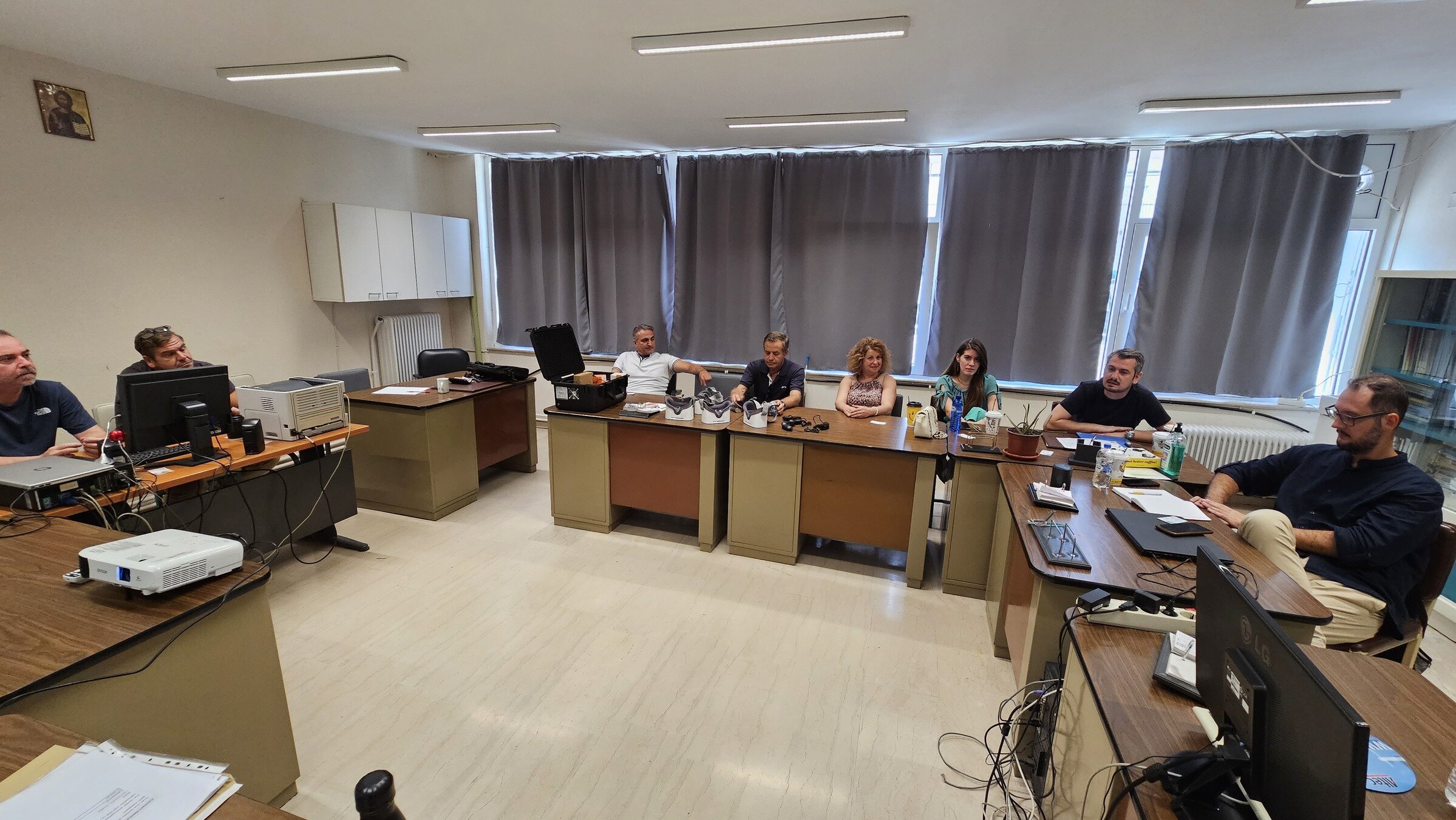

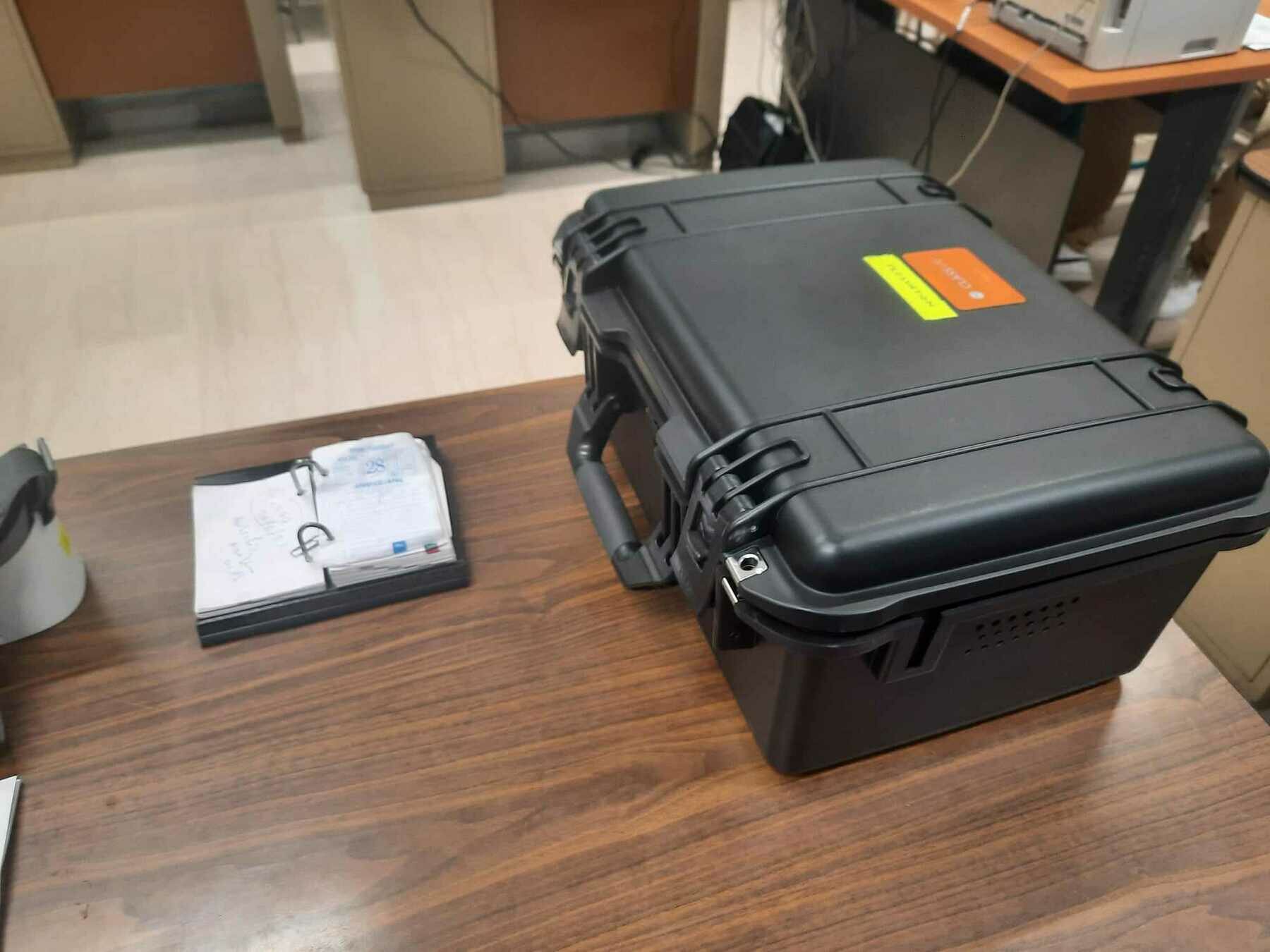
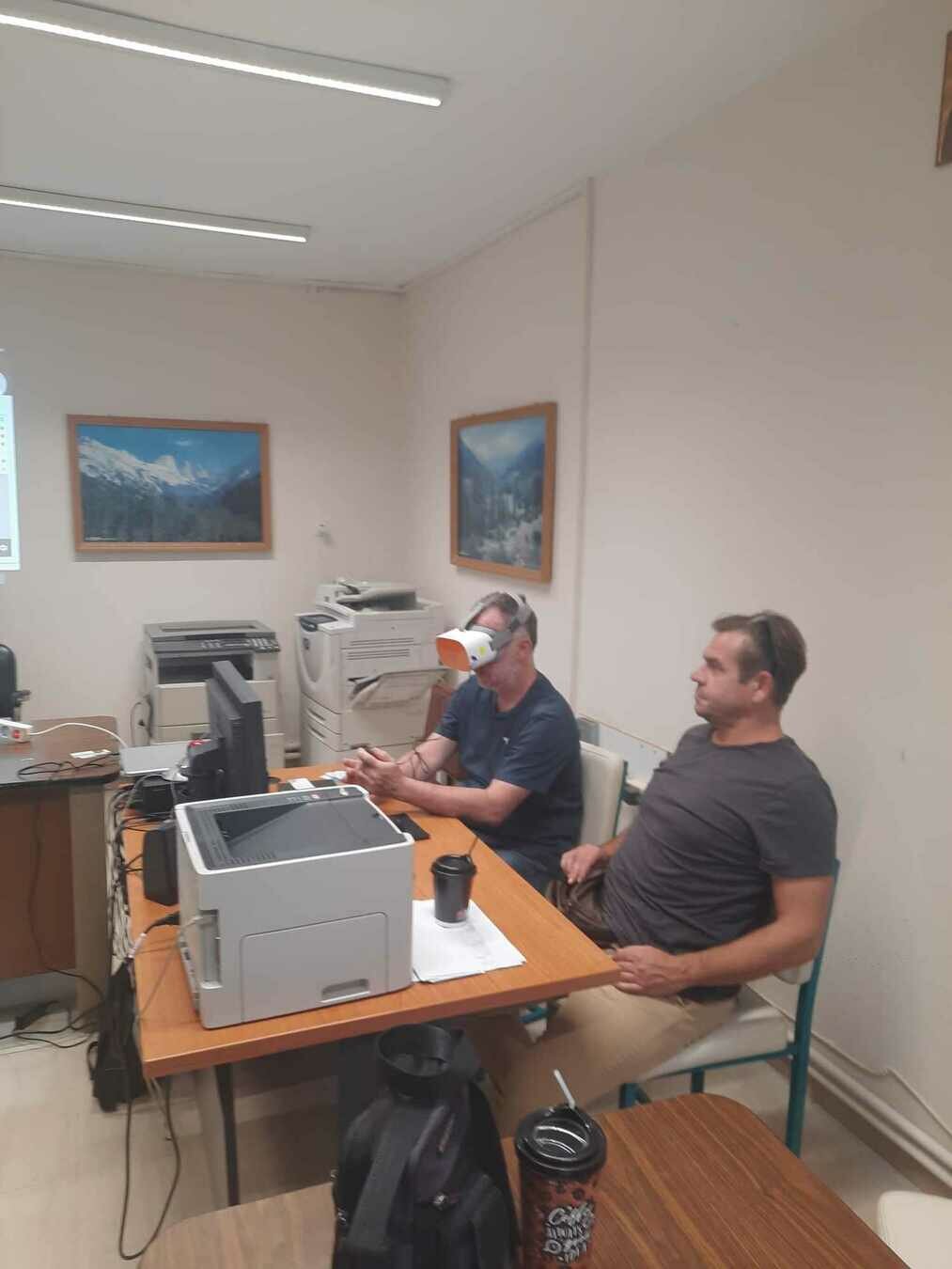
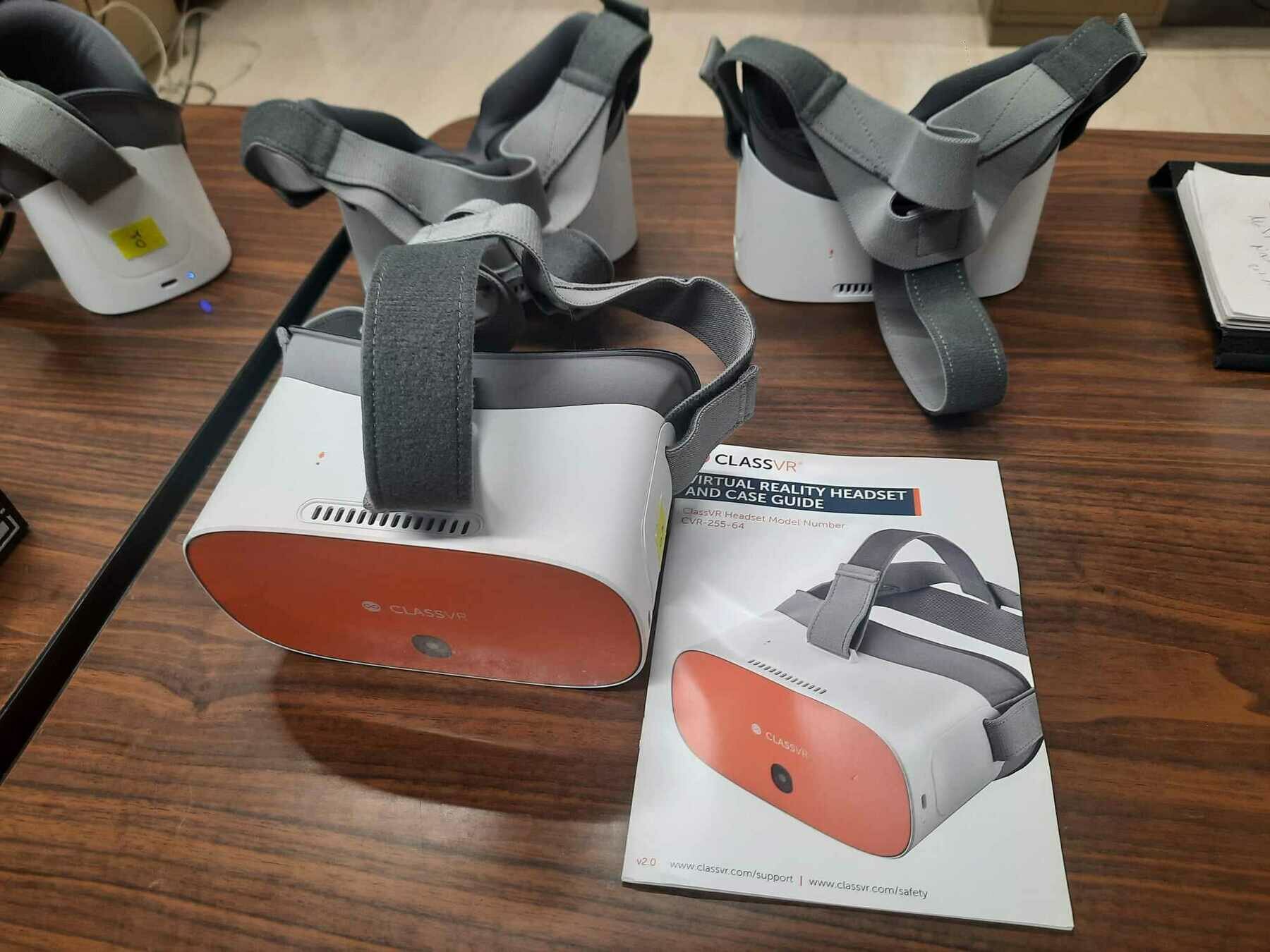
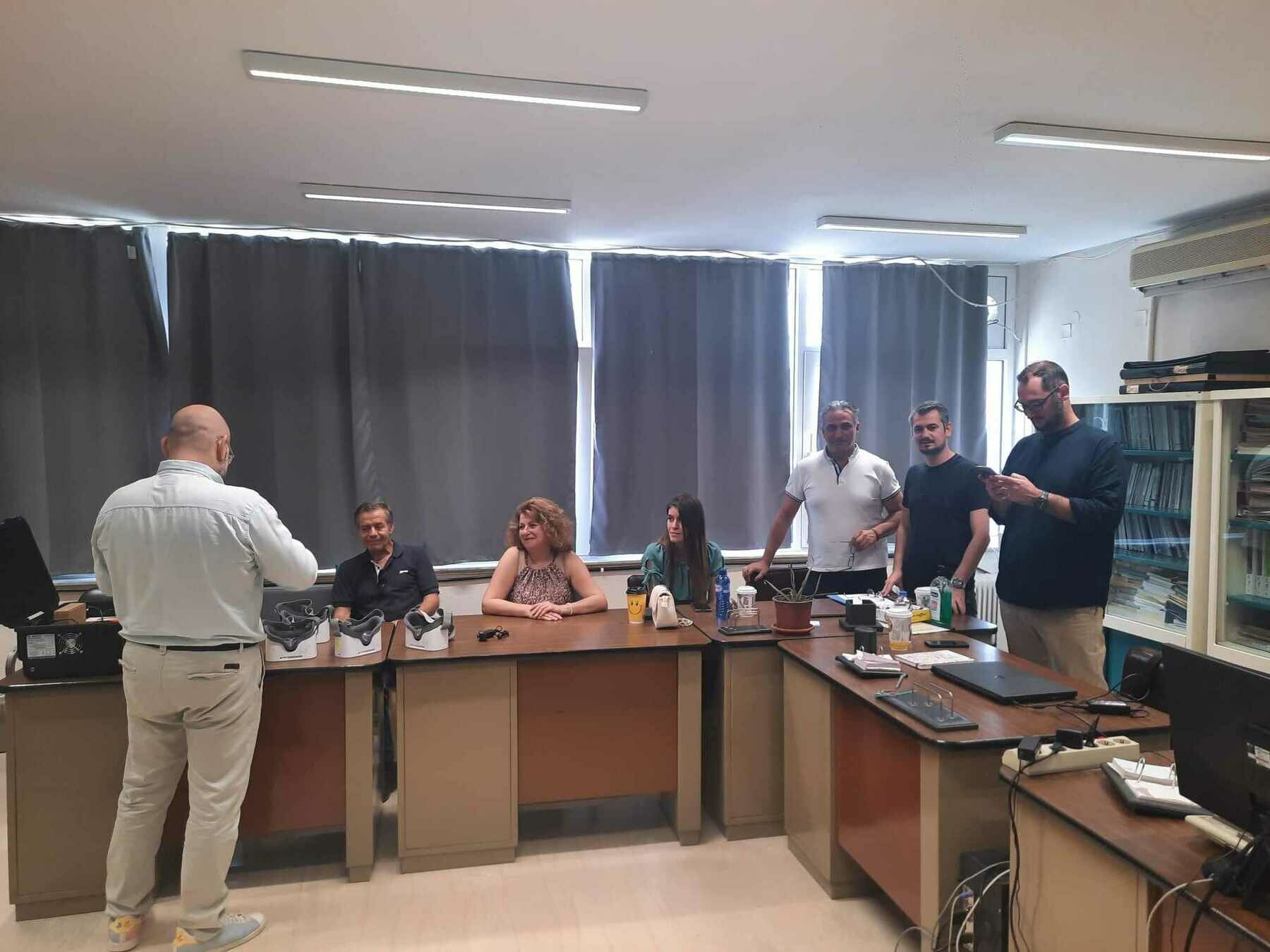

prosvation.gr/erasmus/vet-vrkit-erasmus-ka210-project/


Facebook Group
and Project website
https://vetvr.pro/
Future Prospects of VR Technology in VET Education
The future prospects of VR technology in vocational education and training are promising. Research indicates that VR technology has the potential to enhance vocational education by providing realistic and immersive training experiences. This can help learners develop practical skills and competencies in a safe and controlled environment.
Furthermore, the use of VR technology in vocational education can also bridge the gap between theoretical knowledge and real-life work scenarios, allowing learners to apply their theoretical knowledge in practical settings.
In Greece specifically, there is a need for further exploration and implementation of VR technology in vocational education. Although the use of virtual reality technology in vocational education and training is relatively limited in Greece compared to countries like Croatia and Spain, there are some initiatives and research projects that have explored its potential.
For example, a study conducted in Greece investigated the use of virtual reality simulations for technical training in a manufacturing setting. The study found that the use of VR simulations resulted in improved learning outcomes, increased learner engagement, and enhanced transfer of skills to real-world contexts. In addition to Greece, VR technology in vocational education and training has also gained attention in Croatia and Spain.
Future Prospects of VR Technology in VET Education
For instance, in Croatia, the CityOS project implemented VR technology in vocational schools to provide practical training for students in fields such as electrical and mechanical engineering and computer science.
The project showed positive results in terms of improving students' practical skills and increasing their motivation to engage with the learning material.
In conclusion, the use of VR technology in VET has shown promising results in enhancing learning outcomes, increasing learner engagement, and bridging the gap between theoretical knowledge and practical skills.
Potential Challenges and Solutions for VR in Education
Despite the potential benefits of VR technology in VET education, there are still some challenges that need to be addressed.
One of the main challenges is the cost associated with implementing VR technology in classrooms. The cost of VR hardware and software can be a barrier for schools, especially those with limited budgets. To overcome this challenge, it is important for policymakers and educational institutions to explore funding options, such as grants or partnerships with industry stakeholders.
Additionally, promoting collaboration between educational institutions and VR technology developers can lead to more affordable options specifically tailored for VET education.
Another challenge is the need for proper training and support for teachers to effectively integrate VR technology into their teaching practices. To address this challenge, professional development programs, and workshops can be organized to provide teachers with the necessary knowledge and skills to incorporate VR technology into their classrooms.
Potential Challenges and Solutions for VR in Education
Additionally, the issue of cybersickness and potential discomfort experienced by users when using VR technology should be taken into consideration.
Researchers and developers should continue to explore innovative design approaches to reduce the likelihood of cybersickness and ensure a comfortable user experience.
Furthermore, the availability of a "tailored" VR system specifically designed to cater to the specific teaching goals and objectives of educational organizations is also an important aspect to consider.
Conclusion: The Future of VR in EU's Educational System
In conclusion, the use of VR technology in vocational education and training shows promising potential for enhancing learning outcomes and bridging the gap between theoretical knowledge and practical skills. It has been found to improve learning outcomes, increase learner engagement and motivation, and facilitate the transfer of skills to real-world contexts.
However, there are still challenges to be addressed such as the cost of implementation and the need for teacher training and support. While VR technology cannot completely replace traditional forms of education in the classroom, it can serve as a valuable supplement that enhances learning experiences and provides students with immersive and interactive opportunities. With the proper support, funding, and training, VR has the potential to revolutionize vocational education and training not only in Greece but also in Croatia and Spain, and potentially in the EU as a whole.
In conclusion, the literature review reveals that VR technology has a significant potential for transforming vocational education and training in Greece, Croatia, Spain, and potentially the EU.

Thank you!
VR in VET Education: A Literature Review, for Greece, Spain and Croatia
By Any App
VR in VET Education: A Literature Review, for Greece, Spain and Croatia
- 291



